NASA领导的项目追踪水、生态系统、地表的变化
OPERA可以整合来自多颗卫星的数据,帮助政府机构、灾难应急人员和公众获取关于自然和人类对土地影响的数据。
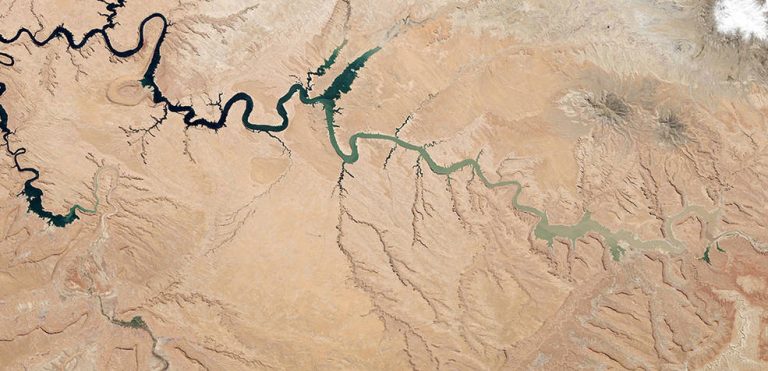
OPERA可以整合来自多颗卫星的数据,帮助政府机构、灾难应急人员和公众获取关于自然和人类对土地影响的数据。
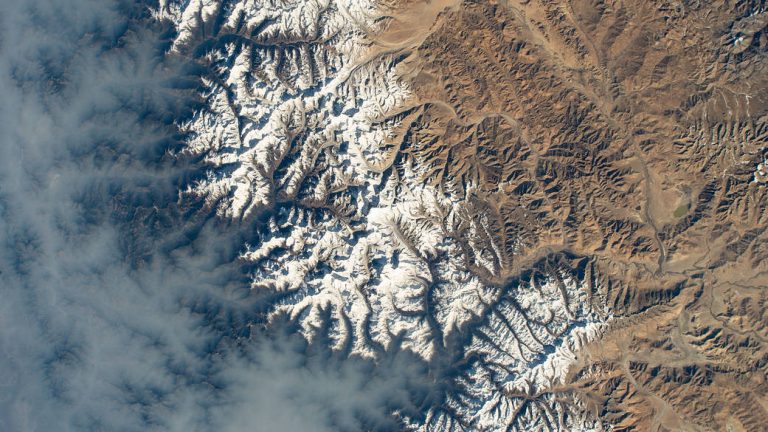
Clouds gather over Nepal near Mount Everest (center) in this April 13, 2023, photograph from the International Space Station….
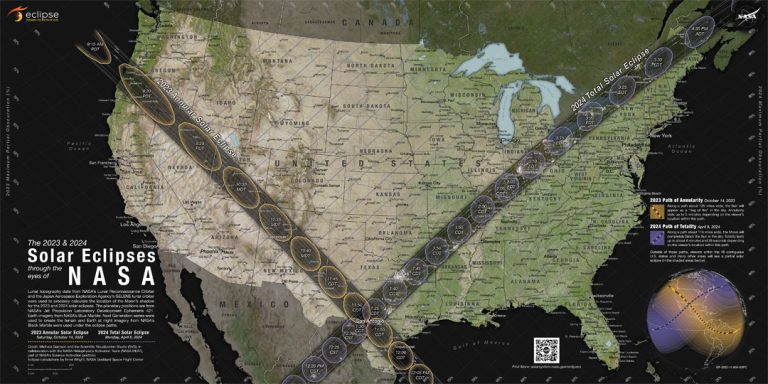
2023年4月18日 Map of Total Solar Eclipse Path in 2024 April Image Credit: NASA, Science Visualization Studio Explanation: Would …
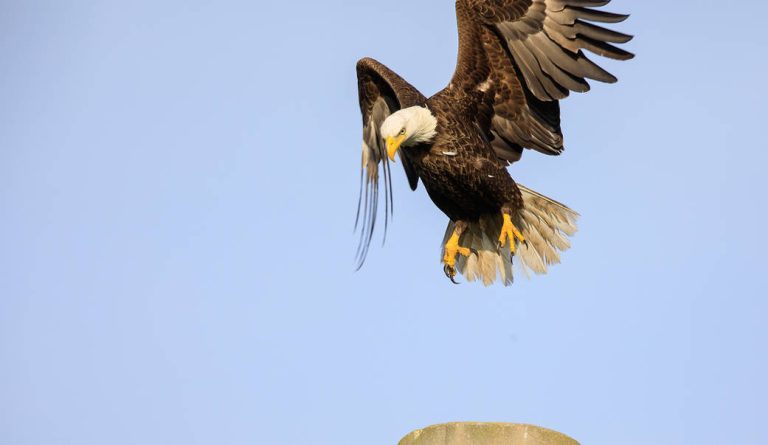
2023年4月10日,NASA肯尼迪航天中心,一只美国秃鹰俯冲降落在一根杆子上。这只鹰是在筑巢季节在佛罗里达太空港定居的一对伴侣中的一员。今年,这对夫妇在肯尼迪公园路附近的一棵树上饲养了一只孤独的幼鹰,该巢穴距离车辆装配大楼约两英里。肯尼迪目前是大约20对筑巢的秃鹰的家园。
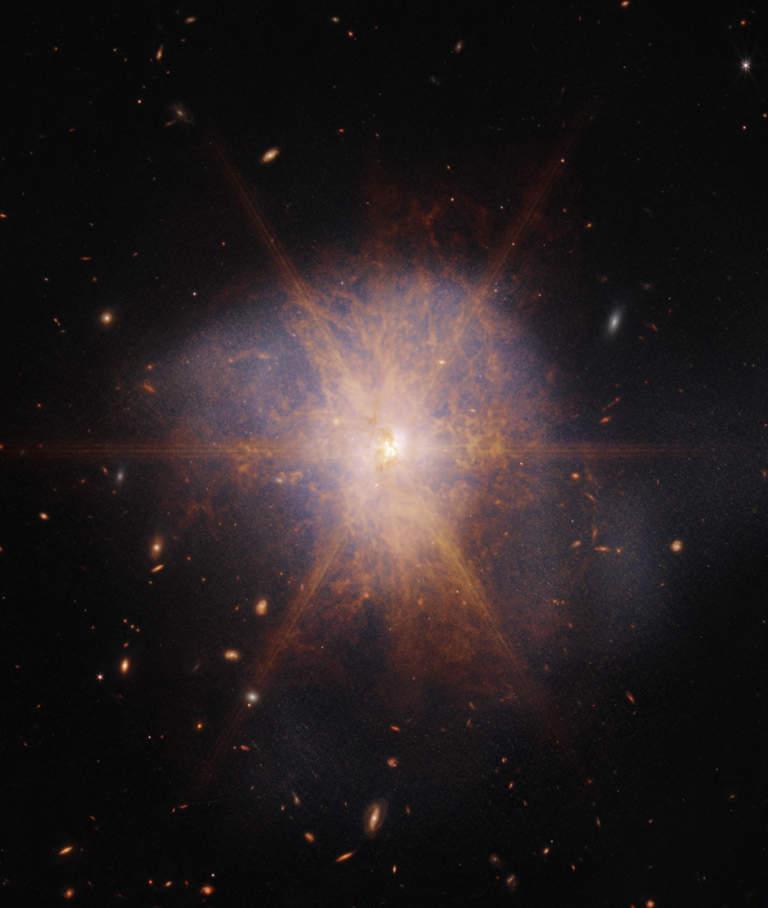
在NASA的詹姆斯·韦伯太空望远镜拍摄的这张照片中,Arp 220就像一座闪耀在星系海洋中的辉煌灯塔,照亮了夜空。实际上,两个螺旋星系在合并的过程中,Arp 220发出最亮的红外光,这使得它成为韦伯的理想目标。
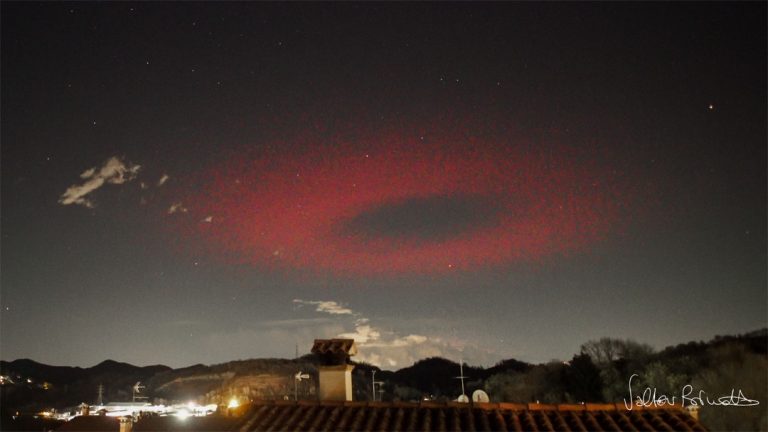
2023年4月17日 ELVES Lightning over Italy Image Credit & Copyright: Valter Binotto Explanation: What’s that red ring i…
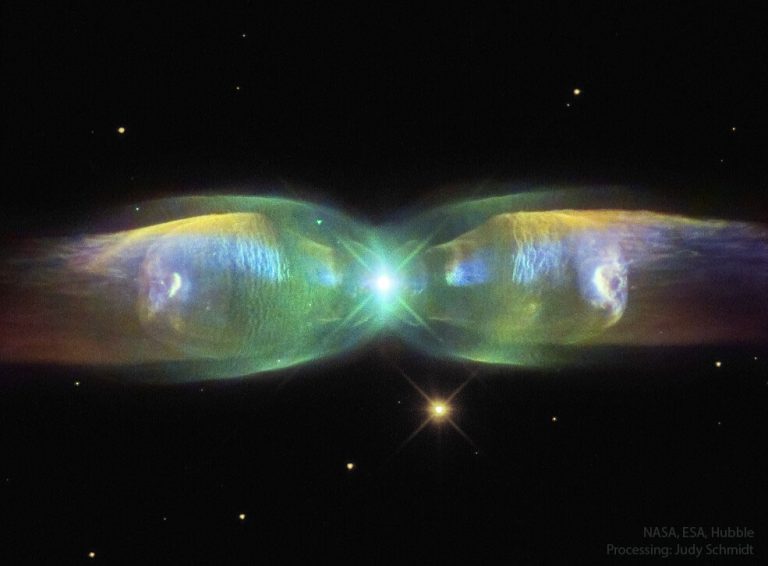
2023年4月16日 M2-9: Wings of a Butterfly Nebula Image Credit: Hubble Legacy Archive, NASA, ESA; Processing: Judy Schmidt Explana…
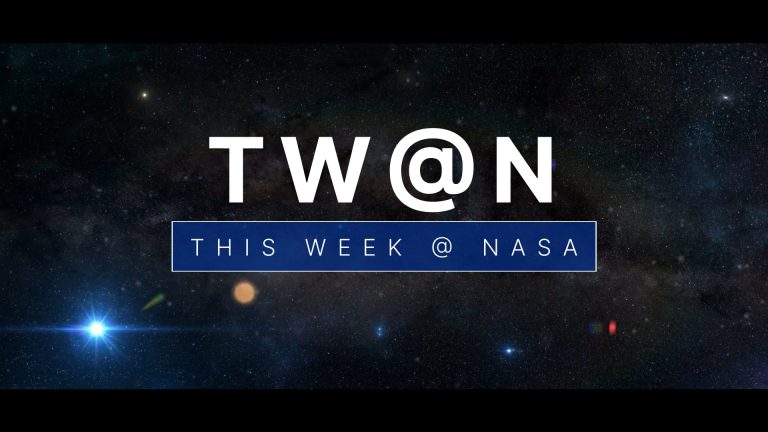
实验性超音速飞机的里程碑…在下一次飞行前伸展猎户座的机翼…以及帮助扑灭野火的技术…最新新闻速递,尽在「本周NASA」!
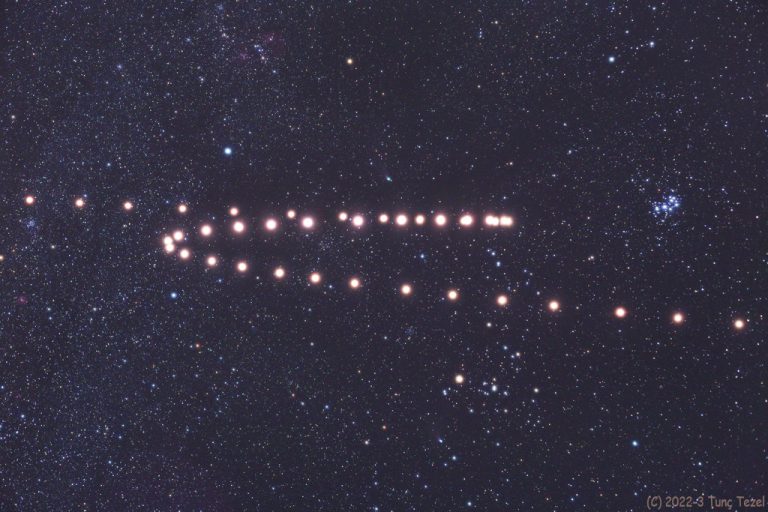
2023年4月15日 When Z is for Mars Image Credit & Copyright: Tunc Tezel (TWAN) Explanation: A composite of images captured ab…
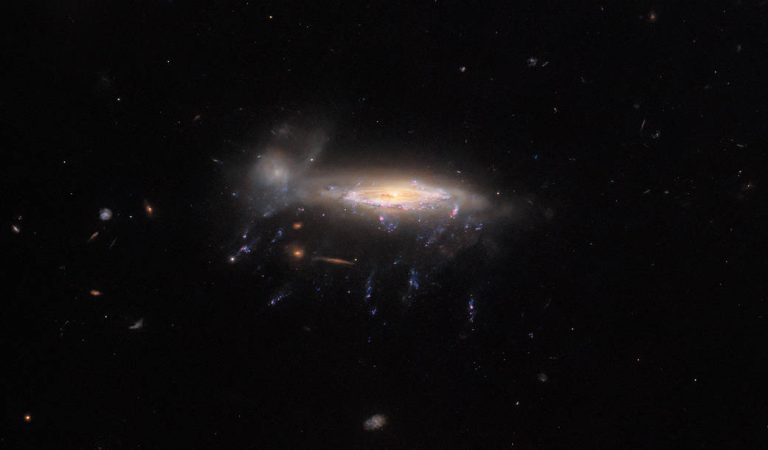
This image taken with the NASA/ESA Hubble Space Telescope shows JO204, a ‘jellyfish galaxy’ so named for the bright tendrils …